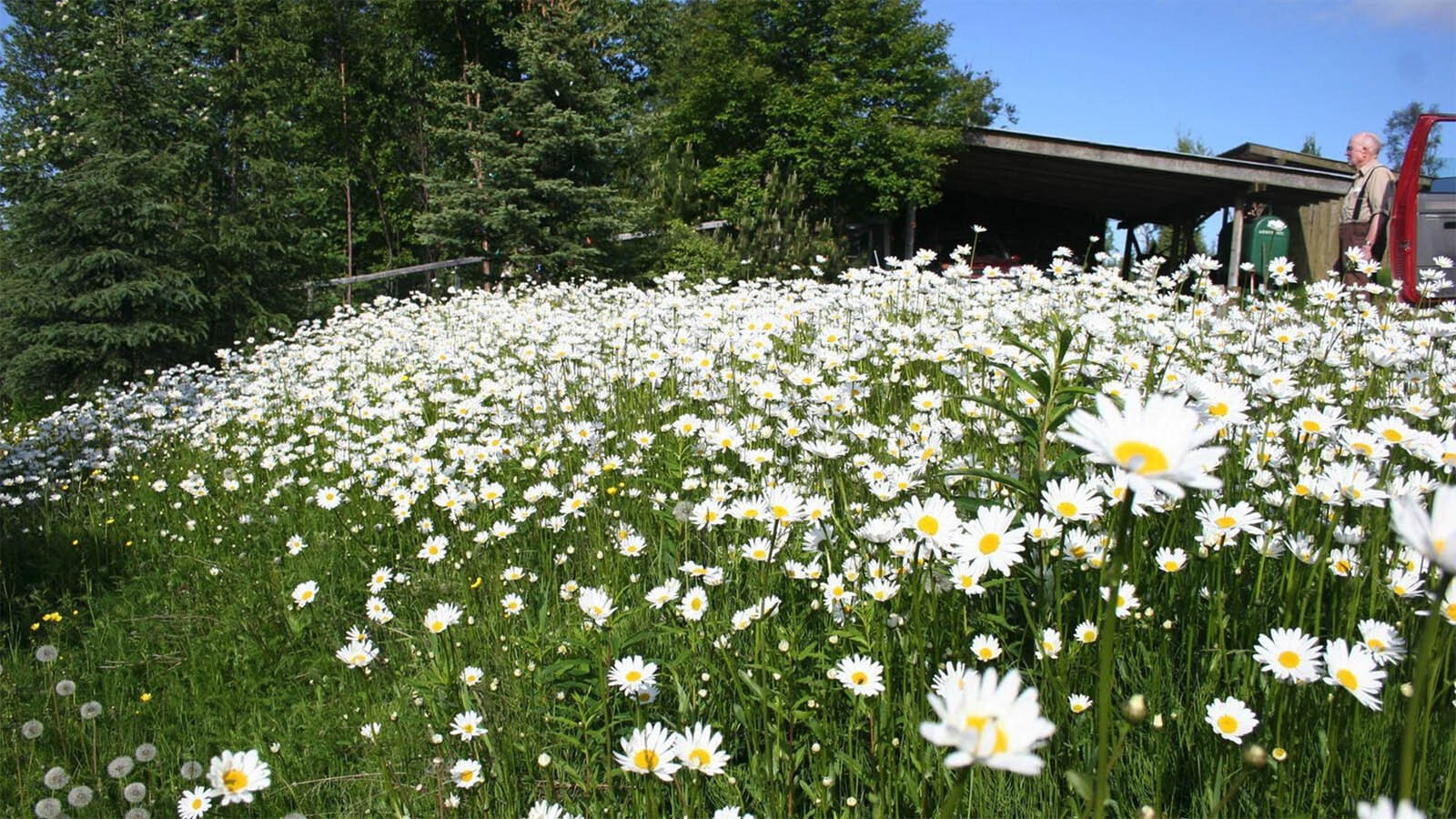Years ago, Kyle Vetter came west from Indiana to work with concessions in Yellowstone National Park and quickly realized he couldn’t get enough of the place.
He and his wife eventually relocated to Yellowstone, where he now works as a National Park Service wildlife technician.
It’s a dream job in a dream setting that puts Vetter and his camera in regular contact with such legendary Wyoming megafauna as bison, elk and grizzly bears.
But some seemingly lowlier creatures, a mated pair of coyotes, have also captured his attention and admiration.
“I see them on an almost daily basis,” he told Cowboy State Daily. “In the morning, they’ll leave from the Mud Volcano area and head out into the (Hayden) valley.”
Jackpot? Maybe
The coyotes patrol their territory, taking whatever they can get. Their diet might consist of rodents or whatever scraps of carrion they can find — if wolves and grizzlies don’t get it first.
But the pair might have hit the jackpot last week. A big bison, reported to be an old, feeble bull, lost its battle against winter, laid down and died.
And as luck would have it, the grizzlies are still in their dens, and the two wolf packs that sometimes pass through the area were busy elsewhere.
So, the pair of coyotes got to it, eagerly sinking their teeth in.
The problem is, bison have incredibly thick fur and hides. And as earnestly as the little canines tugged at it, they seemed to be making scant progress, if any, Vetter said.
“Their strength is like children’s strength compared to a wolf, or especially a large grizzly bear,” he said.
The coyotes displayed great tenacity, but Vetter’s not sure how well it paid off.
“They certainly didn’t make any good progress, at least not that day,” he said.
Crows and eagles might help soften to bison carcass up a bit, he added, perhaps creating some tears or holes in the hide that they coyotes can exploit.
The birds like to peck away at tender spots, such as the eyes and lips, he said.
Even if the bison carcass didn’t pan out so well for the coyotes, Vetter said he’s sure they’ll find other means to fill their bellies as winter wears on.
Their species is incredibly resourceful, he said.
“In California, they were even seen eating fruit off of trees,” he said.
There’s Always Voles
Rodents seem to be the coyotes’ regular go-to for a quick meal, Vetter said.
He’s watched them tread carefully across the hardened surface of the snow, and then sit down to listen carefully for voles tunneling through below.
“They’ll sit there and tilt their heads back and forth, listening,” he said. “When they pick up on some noise, they’ll pounce down into the snow and catch the voles. They seem to do pretty well for themselves that way.”
Spring Competition Could Be Stiff
As in other parts of Wyoming and the region, the winter of 2022-2023 was brutal on Yellowstone’s wildlife.
But that ended up working in favor of coyotes and other predator/scavengers, Vetter said.
Many bison and elk succumbed to the weather, so when spring came, there was plenty of carrion to go around for the coyotes, wolves, bears, ravens and raptors.
This year, the winter has been mild, so the carrion pickings will likely be sparse, he said. Only a relatively few feeble animals, like the old bull bison, have gone down.
A Very Brave Coyote
Generally speaking, Yellowstone’s carnivores have worked out a pecking order and stay out of each other’s way, so long as there is plenty of prey or carrion to go around.
But last year, Vetter said he saw one of the coyotes do something almost unbelievable — deliberately harass a wolf, trying to get it away from a bison carcass it was eating.
After yipping and howling angrily, the stalwart coyote came up behind the wolf and started nipping at its legs.
“Because of the size difference, at first we thought the wolf had a pup,” he said. “The coyote was actually running back and forth behind the wolf.”
It was surely a calculated risk for the coyote, which got away unscathed, he said.
“I’ve seen wolves trying to compete with grizzlies over a carcass, but I’ve never seen anything like that coyote taking on a wolf,” he said. “That was a very brave coyote.”

Don’t Make It Personal
Vetter said he knows about “Limpy,” a Yellowstone coyote that tries to sucker tourists out of snacks by acting pathetic along the roadside. (Feeding wildlife is strictly forbidden in Yellowstone.)
However, he doesn’t like making things with wildlife that personal. He has no plans to name the pair of coyotes he’s been watching, because as he sees it, that would take away from their genuine wildness.
“The park doesn’t want us naming any of these animals,” he said, adding it’s better to appreciate nature for what it is and wild animals for what they are, and not develop personal attachments.
Having worked in agriculture in Indiana, he understands that outside the park, coyotes might be regarded as troublesome and destructive.
But inside Yellowstone, it’s all about watching nature take its course.
“Coyotes are either demonized or ignored or loved by some,” Vetter said. “It’s neat to get a neutral view of them in their environment, without human interference.”
Mark Heinz can be reached at: Mark@CowboyStateDaily.com





